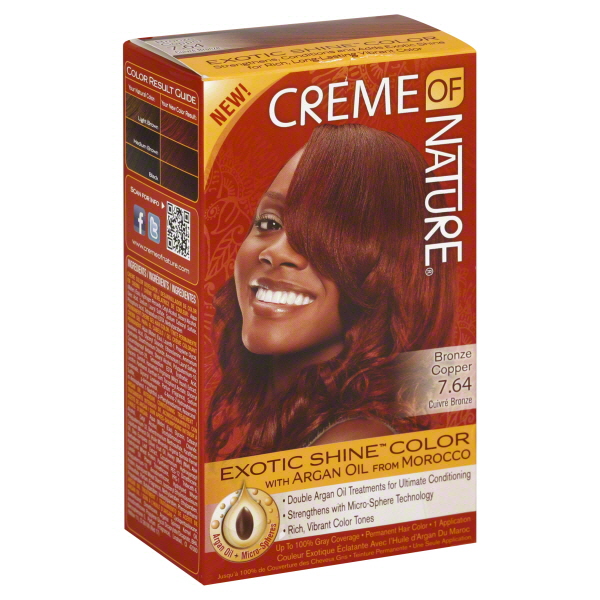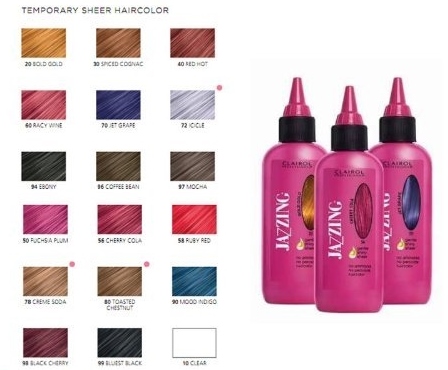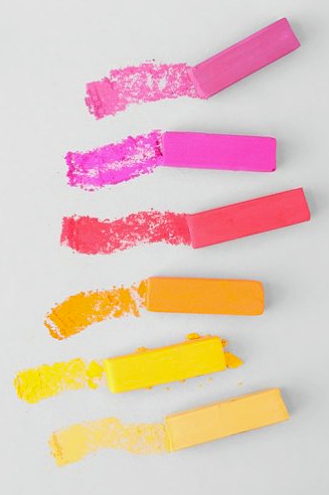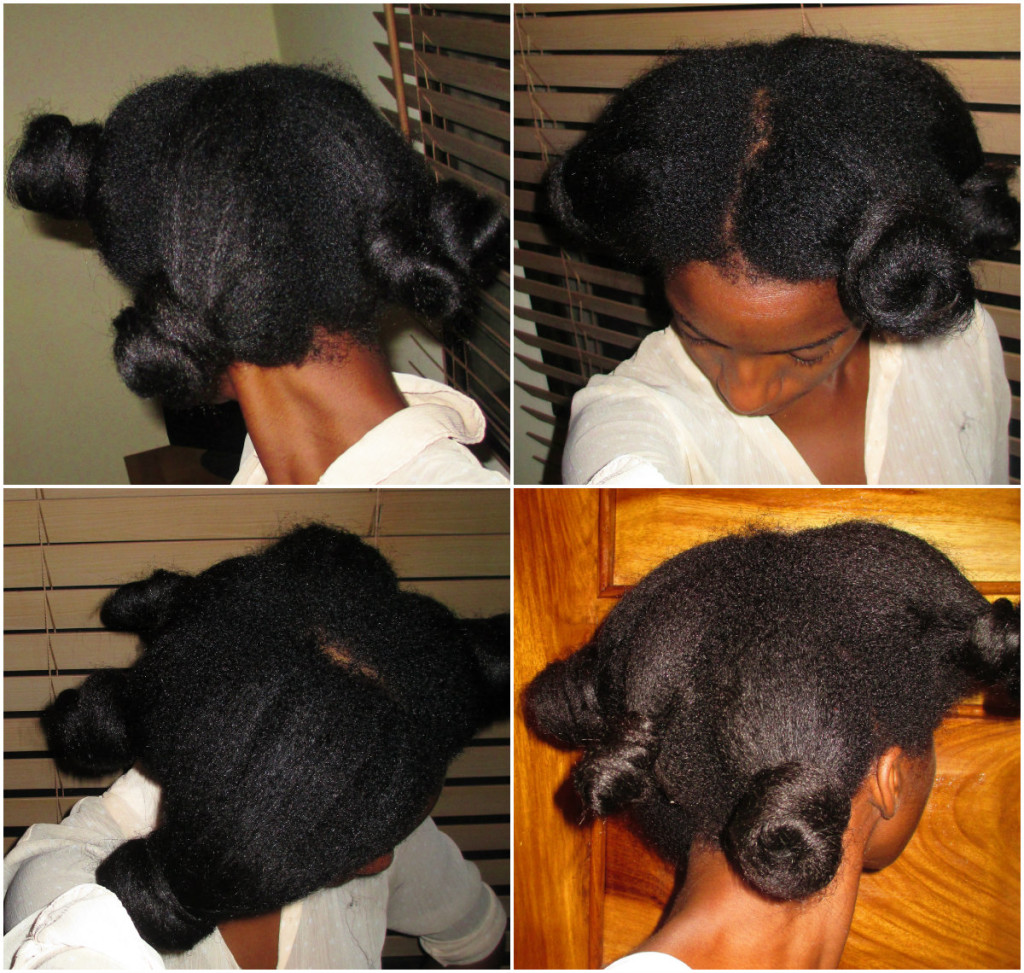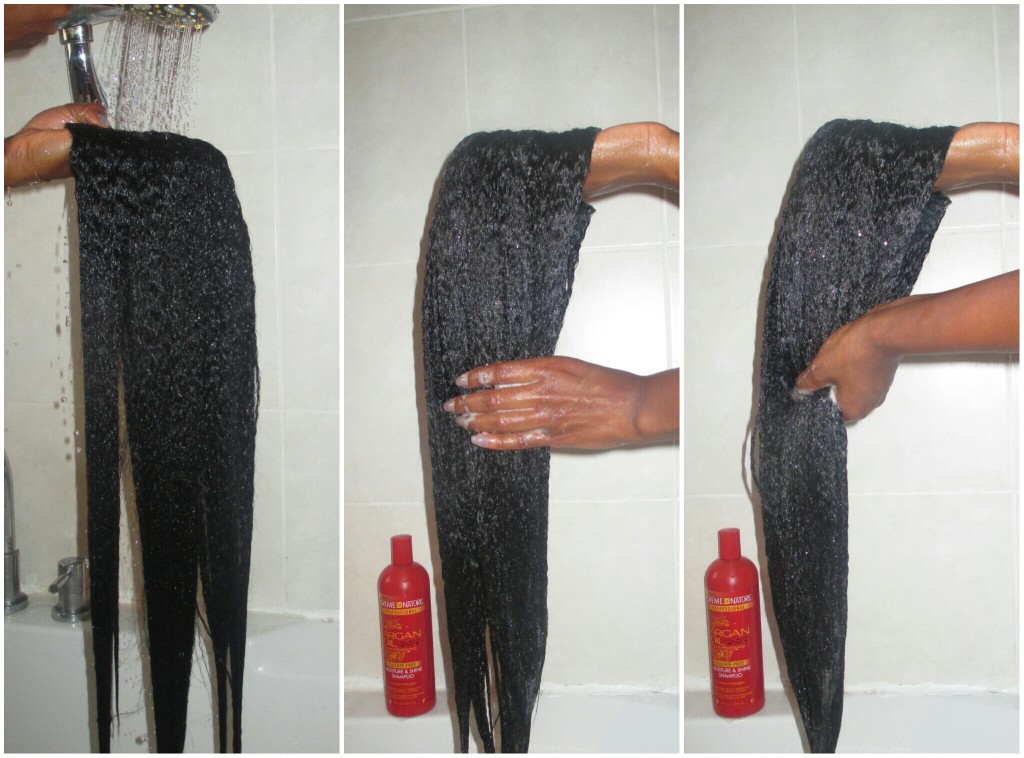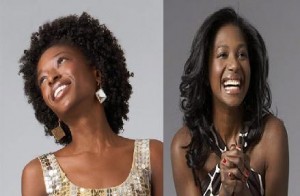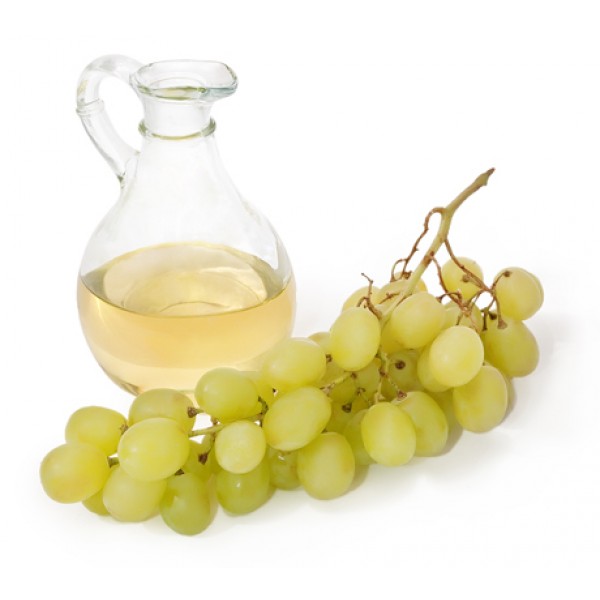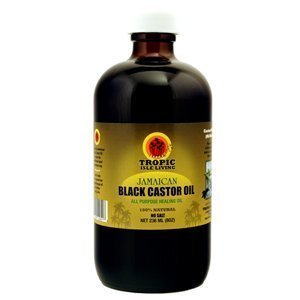I follow a lot of natural haired bloggers and I will be the first to admit that I am in love with colours they can get away with. Because my hair is already chemically processed with a relaxer, adding a further chemical process via a dye job isn’t really advisable.
Does this mean that relaxed ladies can never experiment with colour? No, the good news is that we can, however there may be limits to the range of colours we can wear if we want to minimise damage.
In this blog post I will set out the common methods of hair colouring as well as the pros and cons of each. So ladies if you’ve been thinking about colouring your hair this post should guide you on which type of colour you should go for.
Permanent Hair Colours
Chemical hair dye kits are easily found in supermarkets. These chemical “do it yourself” hair colours usually contains ammonia or hydrogen peroxide.
How It works
The chemicals lift up the cuticle layer of the hair fibre which allows the dye to gain access to and deposit colour pigments into the inner section of the hair (the cortex ).
Pros of Permanent Hair Dyes
- It is permanent. The colour may fade a little over time however it will not wash out entirely.
- A wide range of colours are available.
- It covers grey hair quite well.
Cons of Permanent Hair Dyes
- Permanent colours weaken hair fibre because the cuticle layer must be breached. This breach in the cuticle layer occurs when the chemical breaks down some of the hairs protein thereby resulting in weaker hair.
- The damage to the cuticles also means that the hair will NOT retain moisture as well as it did in its natural state. The hair will feel drier and rougher than it would in its natural state. It also has a higher risk of breakage.
- For ladies who want to achieve tones or shades much lighter than their natural hair colour their hair may have to be chemically bleached before it is coloured.
This double dose of chemical can be more than some ladies hair can tolerate especially if they are already have relaxed hair. ladies whose hair is natural are usually able to tolerate the bleaching and colouring process however a lot of deep conditioning will be required to fight dryness and breakage. Ladies with natural hair tend to fare better with permanent hair colours but even they will have to stay on top of their deep conditioning.
Temporary Hair Colours
Rinses are also known as semi permanent hair colours. These types of colours are also relatively easy to find in supermarkets and beauty supply stores.
How It Works
Rinses work by depositing the colour molecules on top of the hairs cuticles. These do not contain ammonia and generally do not lift up or breach the cuticles. The colour basically coats each hair fibre or strand.
Pros of Temporary Hair Colours
- It is not as harsh as permanent hair colours and does not breakdown our hairs internal structure.
- Because the molecules sits on top of or coats each strand of hair it makes each temporarily thicker. This is ideal for ladies who would like fuller/thicker looking hair even though it is temporary.
- It is relatively safe for ladies whose hair is relaxed/texlaxed.
Cons of Temporary Hair Colours
- Limited colours: although rinses are available in a wide spectrum of colours, they can only make your hair darker or richer than its original shade. So if you would like to change your hair from black to honey blonde then a rinse isn’t going to get you there. Rinses can leave dark hair with a bit of a tint which may be obvious when you are in sunlight so it is still worth a try if you are interested in experimenting with colour.
- The colours tend to fade quite quickly and tend to last for up to 6 washes. for some ladies the effects only lasts for a couple of washes.
- It does not cover gray hair as well or as long as permanent colours.
Instant Hair Colours – Sprays and chalks
How It Works
The colour molecules of sprays and chalks sit on top of hair fibres and can be shampooed out
Pros of Instant Hair Colours
- Available in a wide range of colours
- It washes out so you can change things up as often as you like
- It does not break down the protein structure of our hair fibres
- It can be used on relaxed hair
Cons of Instant Hair Colours
- It can be extremely drying so a good deep condition after washing out the colour will be beneficial.
- It can be messy and the colours of some brands may stick to your hands every time you touch your hair.
- The colour chalks often requires heat via a hair straightener to set the colour. This increases the risk of heat damage and dryness. Personally I don’t think I’d want to “bake” colour to my hair.
There are also all natural hair colour options which are safe for both natural and relaxed hair. I thought it was best to address those in a separate blog post. Personally I don’t have any colours in my hair but maybe I’ll try a rinse someday. Have you tried or would you like to colour your hair? What option do you think you might go for?
For anyone who is considering hair colour, as always I hope this post has helped you in some way.
Happy hair journey
X
Lade
Learn | Change | Grow

